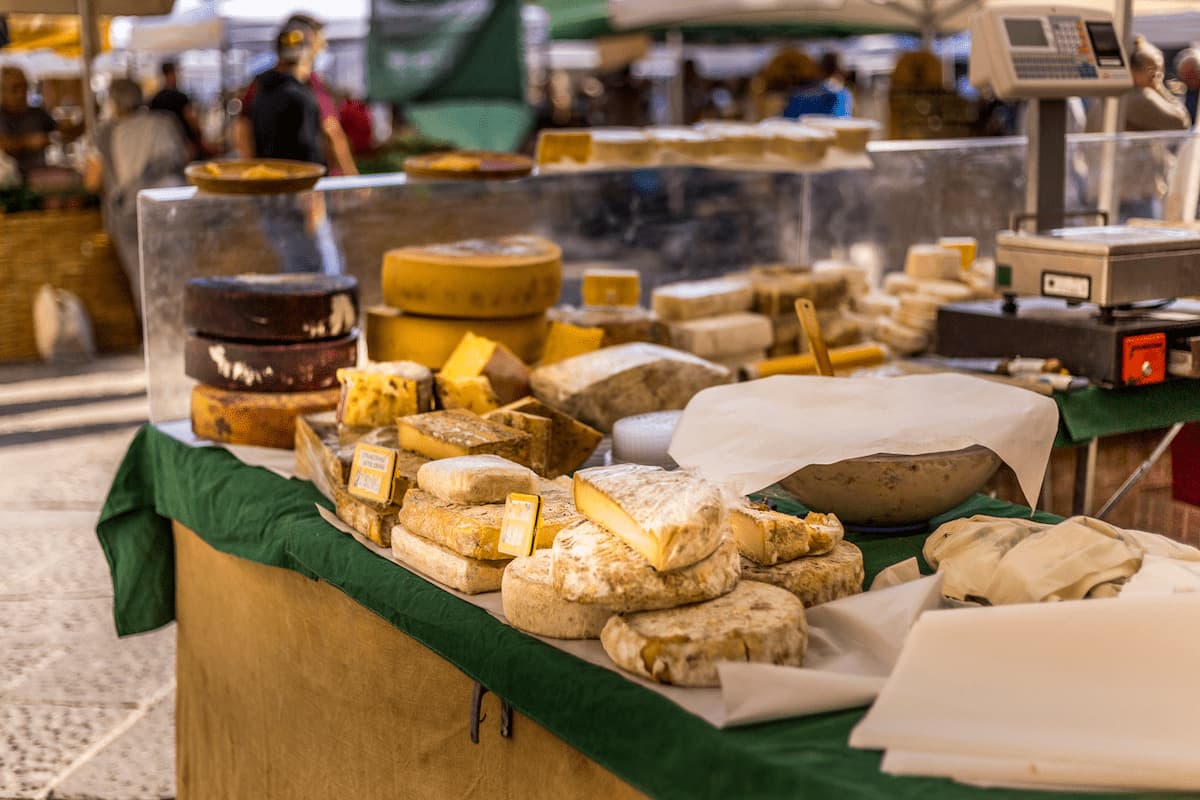
With over 600 cheese varieties produced across the country, Italian cheeses reflect their respective regions. This article will take you on a journey through Italy’s cheese-making tradition, highlighting some of the most famous cheeses from each region
- Overview of Italy’s Rich Cheese-Making Tradition
- Northern Italy: A Dairy Paradise
- Valle d’Aosta: Fontina
- Lombardy: Gorgonzola and Taleggio
- Piedmont: Fontina and Castelmagno
- Veneto: Asiago and Grana Padano
- Emilia-Romagna: Parmigiano Reggiano
- Central Italy: The Heart of Cheese Production
- Tuscany: Pecorino Toscano
- Marche: Caciotta
- Lazio: Pecorino Romano
- Southern Italy: Bold Flavors and Unique Textures
- Campania: Mozzarella di Bufala
- Sicily: Ragusano and Pecorino Siciliano
- Basilicata: Canestrato di Moliterno
- Sardinia: Casu Marzu
- Aeolian Islands: Caprino
Overview of Italy’s Rich Cheese-Making Tradition
Italian cheese has a long history that dates back to ancient times. The methods of production have evolved, but the passion for quality and craftsmanship remains unchanged. Italian cheeses are often categorized by their:
- milk source (cow, sheep, goat),
- texture (soft, semi-soft, hard), and
- aging process.
Many cheeses are protected by DOP (Denominazione di Origine Protetta) status, ensuring that they are made according to strict regulations in specific regions.

Eating in Italy Like Locals
Whether it’s in a bustling city trattoria or a quaint countryside osteria, the flavors of Italy promise to delight and inspire. With this guide, you’re ready to navigate the Italian culinary scene, armed with the knowledge to order with confidence and relish every bite as the locals do.
Northern Italy: A Dairy Paradise
Valle d’Aosta: Fontina
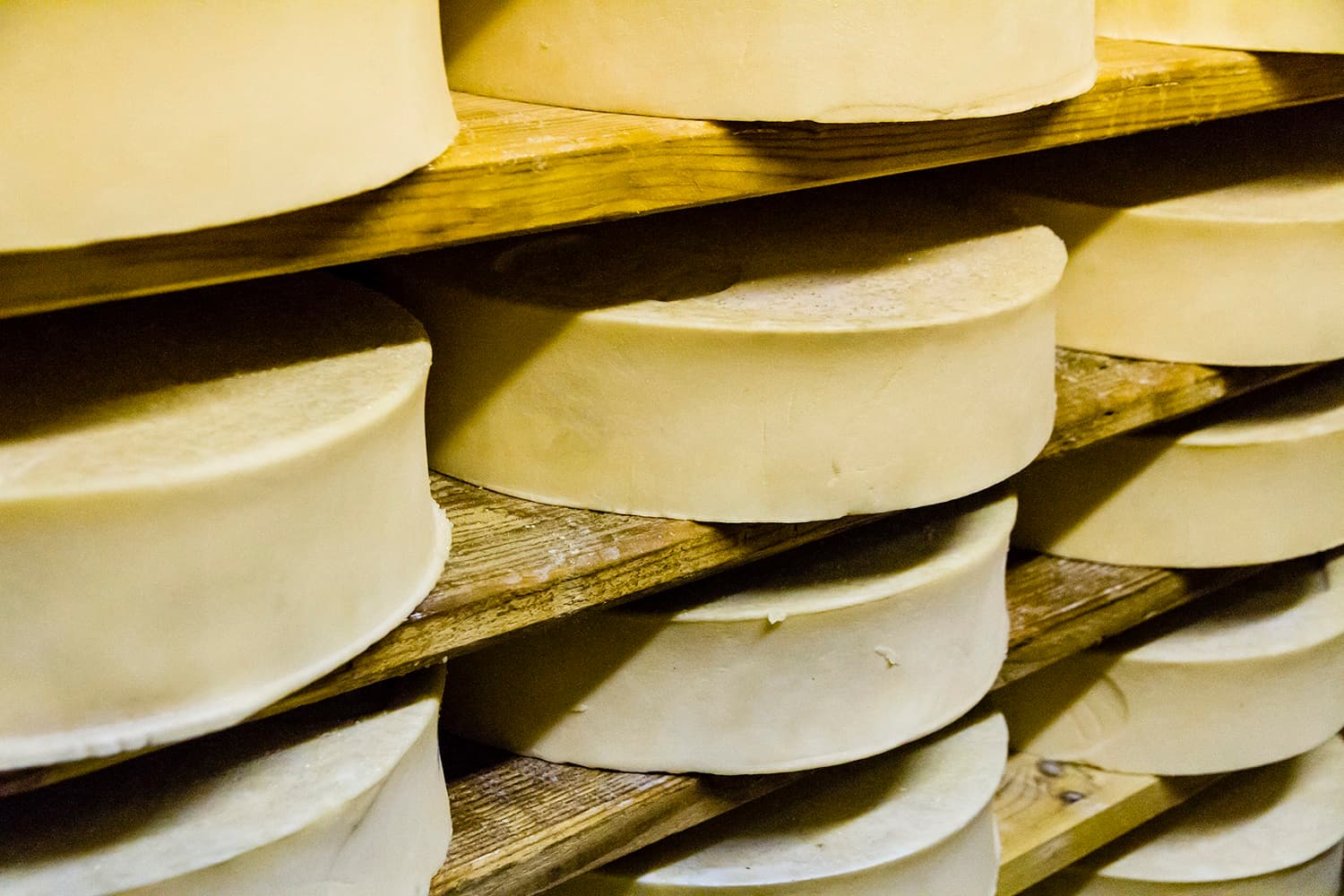
Fontina is a semi-soft cheese made from cow’s milk in the Valle d’Aosta region. It has a rich, nutty flavor and is known for its excellent melting properties, making it perfect for dishes like fonduta (Italian fondue). Fontina is often enjoyed with crusty bread or used in creamy sauces.
Lombardy: Gorgonzola and Taleggio
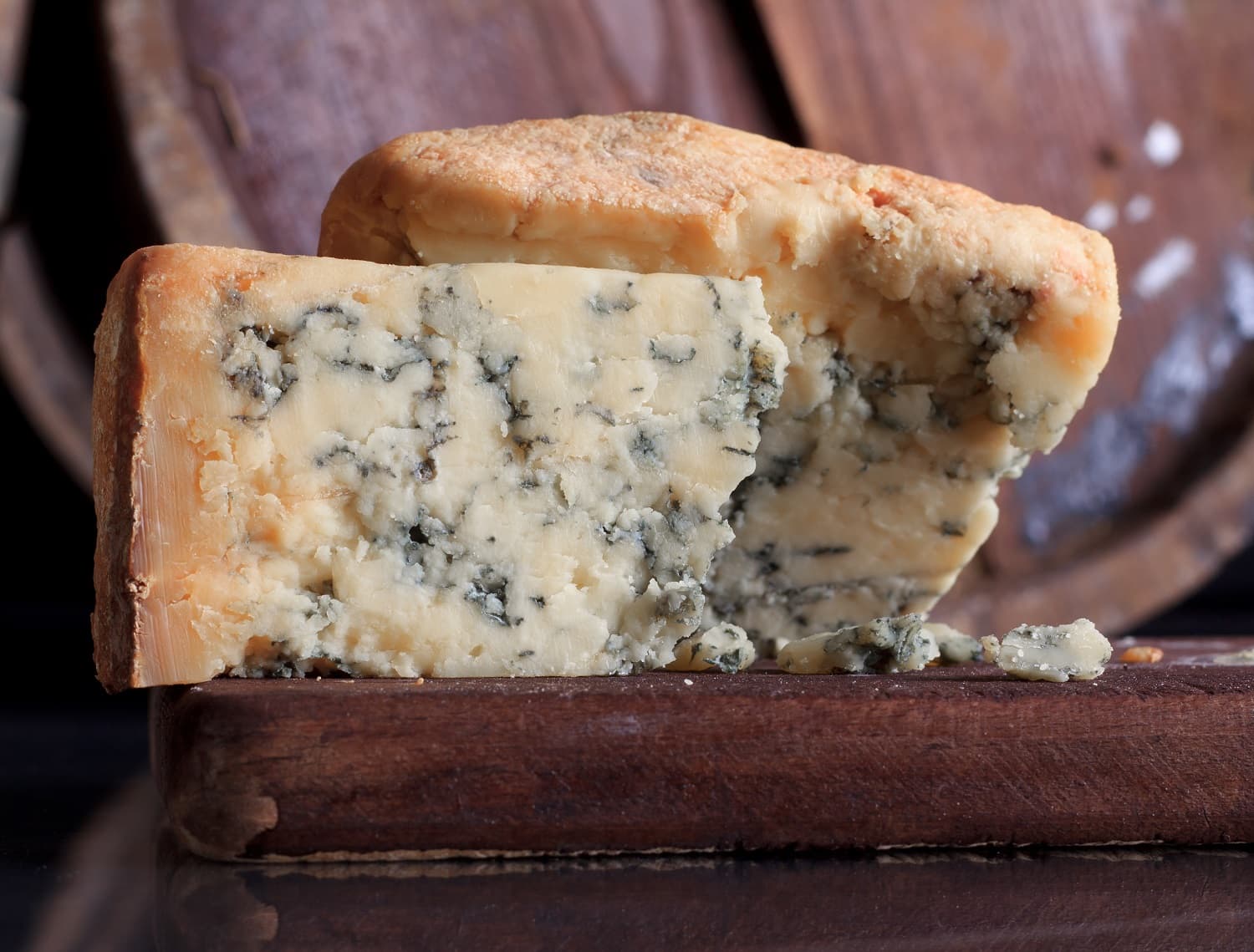
In Lombardy, you will find Gorgonzola, one of the world’s most famous blue cheeses. It comes in two varieties: Gorgonzola Dolce, which is creamy and mild, and Gorgonzola Piccante, which has a sharper taste. Another notable cheese from this region is Taleggio, a washed-rind cheese with a strong aroma but surprisingly mild flavor. It melts beautifully and is often used in risottos and pasta dishes.
Piedmont: Fontina and Castelmagno
Piedmont is home to Fontina, as well as Castelmagno, a semi-hard cheese made from cow’s milk. Castelmagno has a distinct flavor that varies based on its aging process and can be enjoyed on its own or paired with honey and fruit.
Veneto: Asiago and Grana Padano
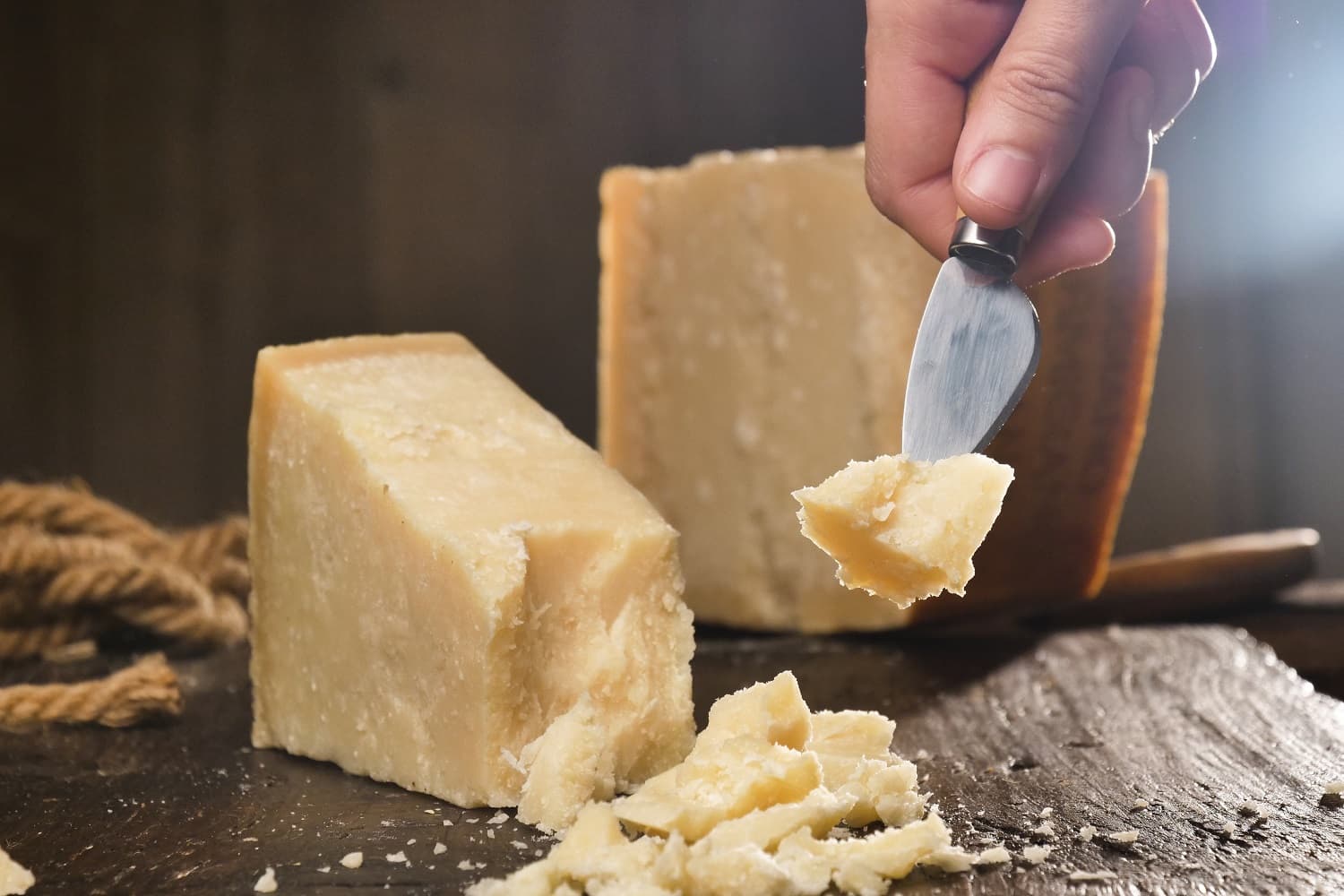
In Veneto, Asiago is produced in two main types: Asiago Pressato (fresh) and Asiago d’Allevo (aged). The aged version has a stronger flavor and crumbly texture. Another popular cheese from this region is Grana Padano, a hard cheese similar to Parmigiano-Reggiano but produced in a wider area with slightly different regulations.
Emilia-Romagna: Parmigiano Reggiano
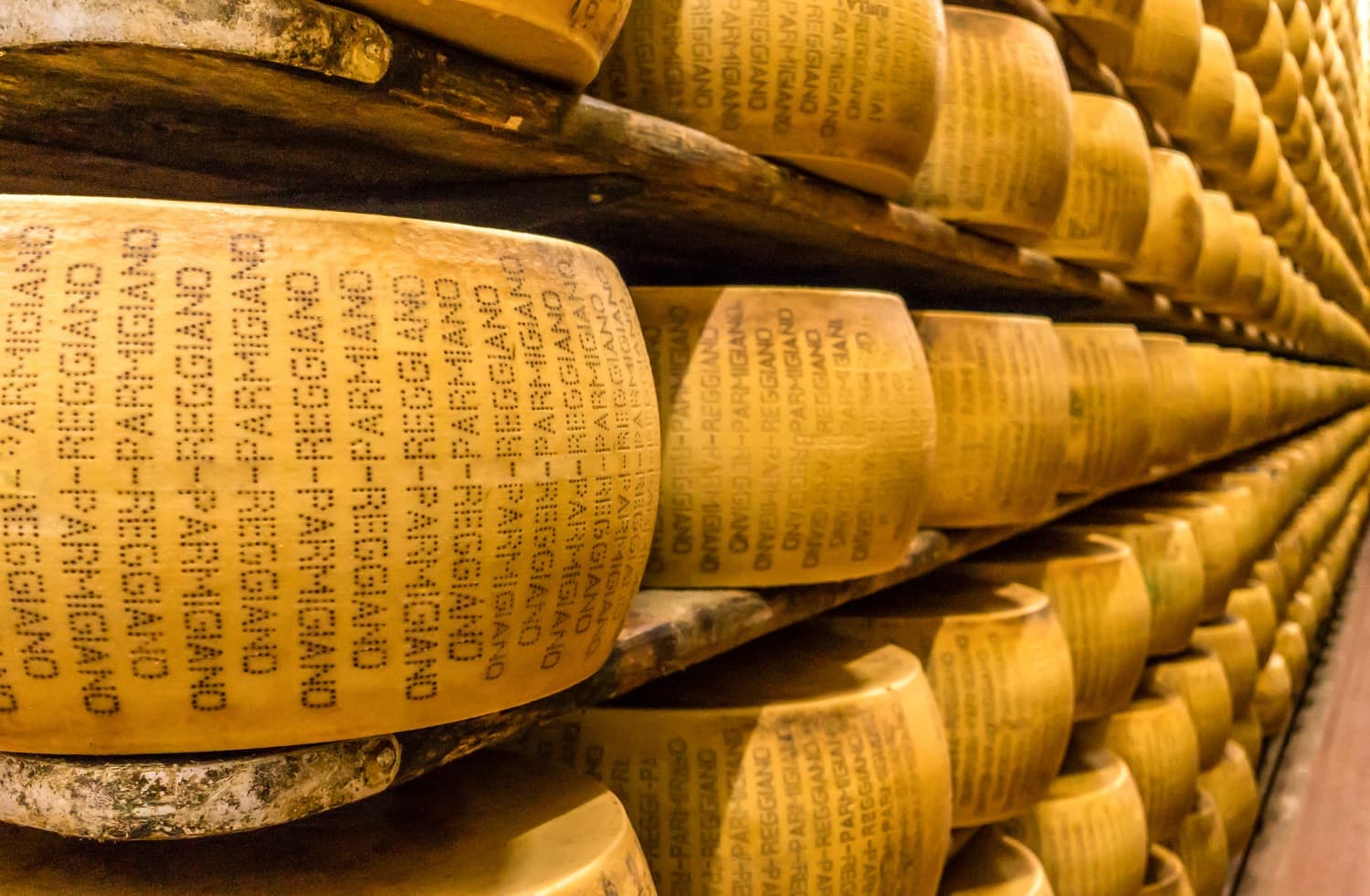
Often referred to as the “King of Cheeses,” Parmigiano Reggiano is perhaps Italy’s most famous cheese. Made from cow’s milk, it is aged for at least 12 months, developing a complex flavor profile that ranges from nutty to fruity. It is commonly grated over pasta dishes or enjoyed in chunks with balsamic vinegar.
Central Italy: The Heart of Cheese Production
Tuscany: Pecorino Toscano
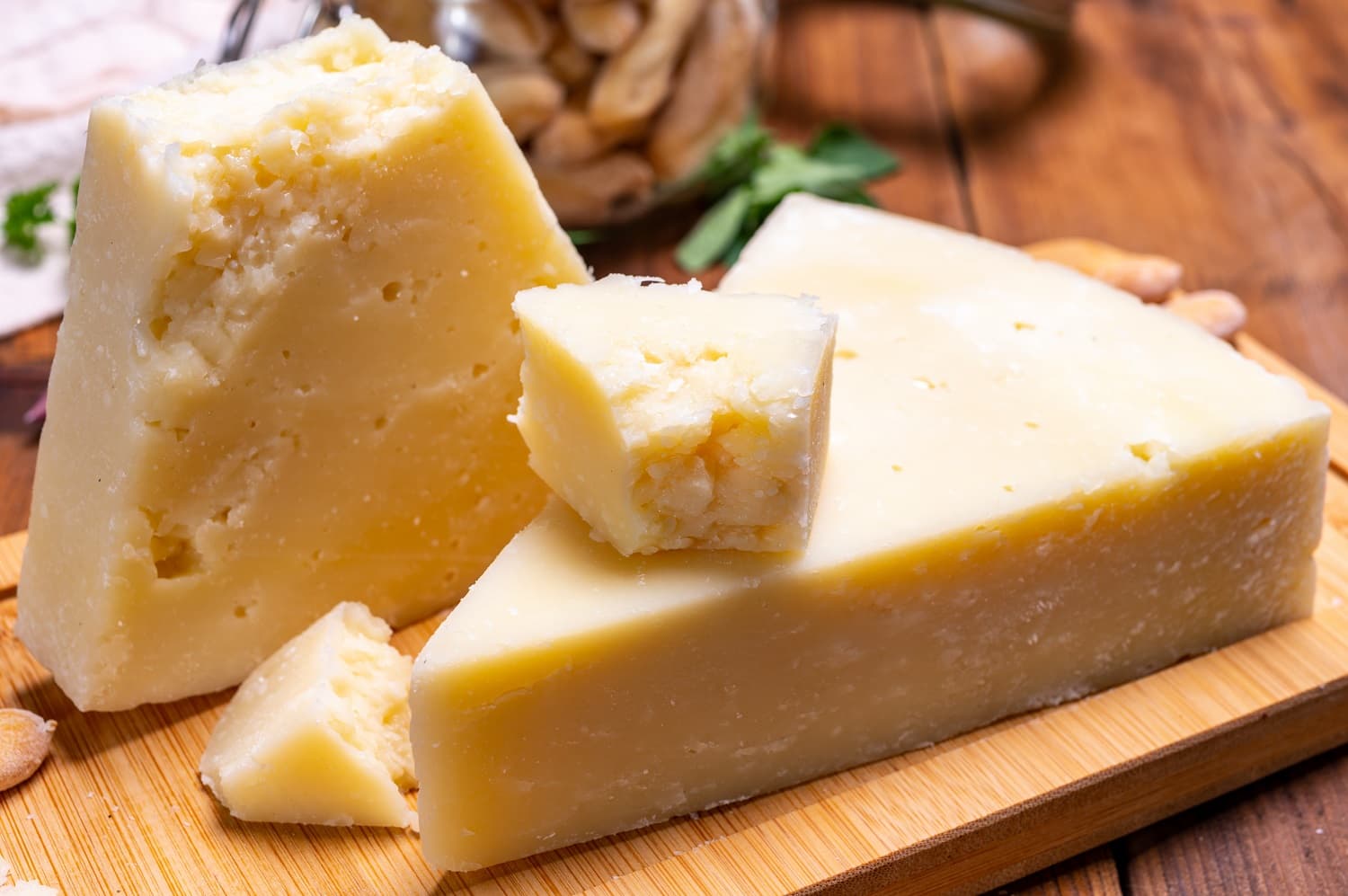
Pecorino Toscano is a sheep’s milk cheese that comes from Tuscany. It has a firm texture and can range from mild to sharp depending on its aging process. This cheese pairs wonderfully with honey or figs and is often used in traditional Tuscan dishes.
Marche: Caciotta
Caciotta is a semi-soft cheese made from cow’s or sheep’s milk, popular in the Marche region. It has a mild flavor and can be enjoyed fresh or aged. Caciotta can be flavored with herbs or spices, making it versatile for various dishes.
Lazio: Pecorino Romano

One of the oldest cheeses in Italy, Pecorino Romano is made from sheep’s milk and has a distinctively salty flavor. It is commonly grated over pasta dishes such as Cacio e Pepe and Amatriciana, adding depth to these classic recipes.
Southern Italy: Bold Flavors and Unique Textures
Campania: Mozzarella di Bufala
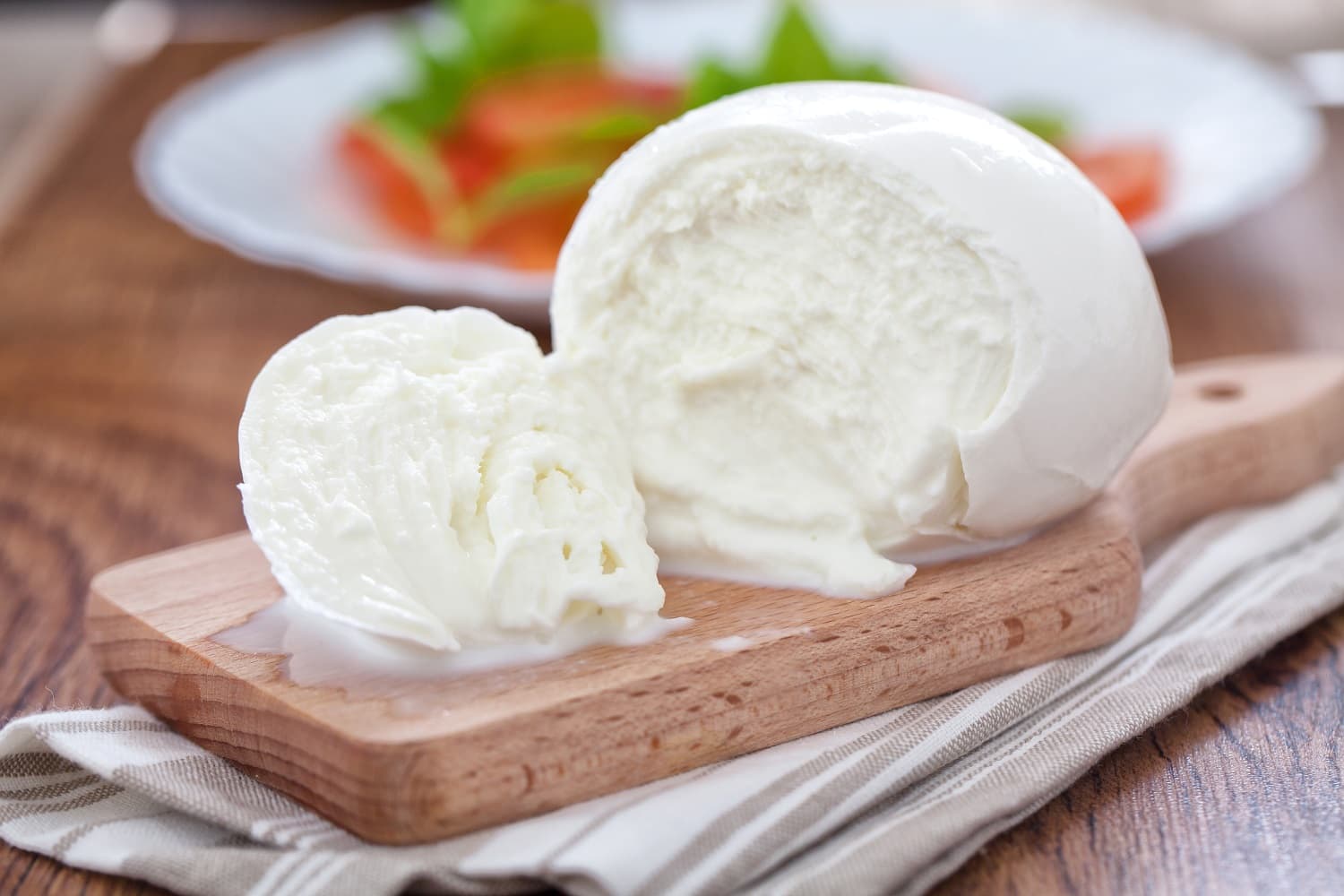
Mozzarella di Bufala is perhaps the most famous cheese from Campania. Made from water buffalo’s milk, this soft cheese has a creamy texture and rich flavor. It is often enjoyed fresh with tomatoes and basil or used as a topping on pizza.
Sicily: Ragusano and Pecorino Siciliano
In Sicily, Ragusano is a semi-hard cheese made from cow’s milk, known for its unique shape and robust flavor. Another notable cheese is Pecorino Siciliano, which has a strong taste due to the use of sheep’s milk.
Basilicata: Canestrato di Moliterno
This sheep’s milk cheese hails from Basilicata and is characterized by its firm texture and bold flavor. Canestrato di Moliterno is often aged in baskets that give it its distinctive shape.
Sardinia: Casu Marzu
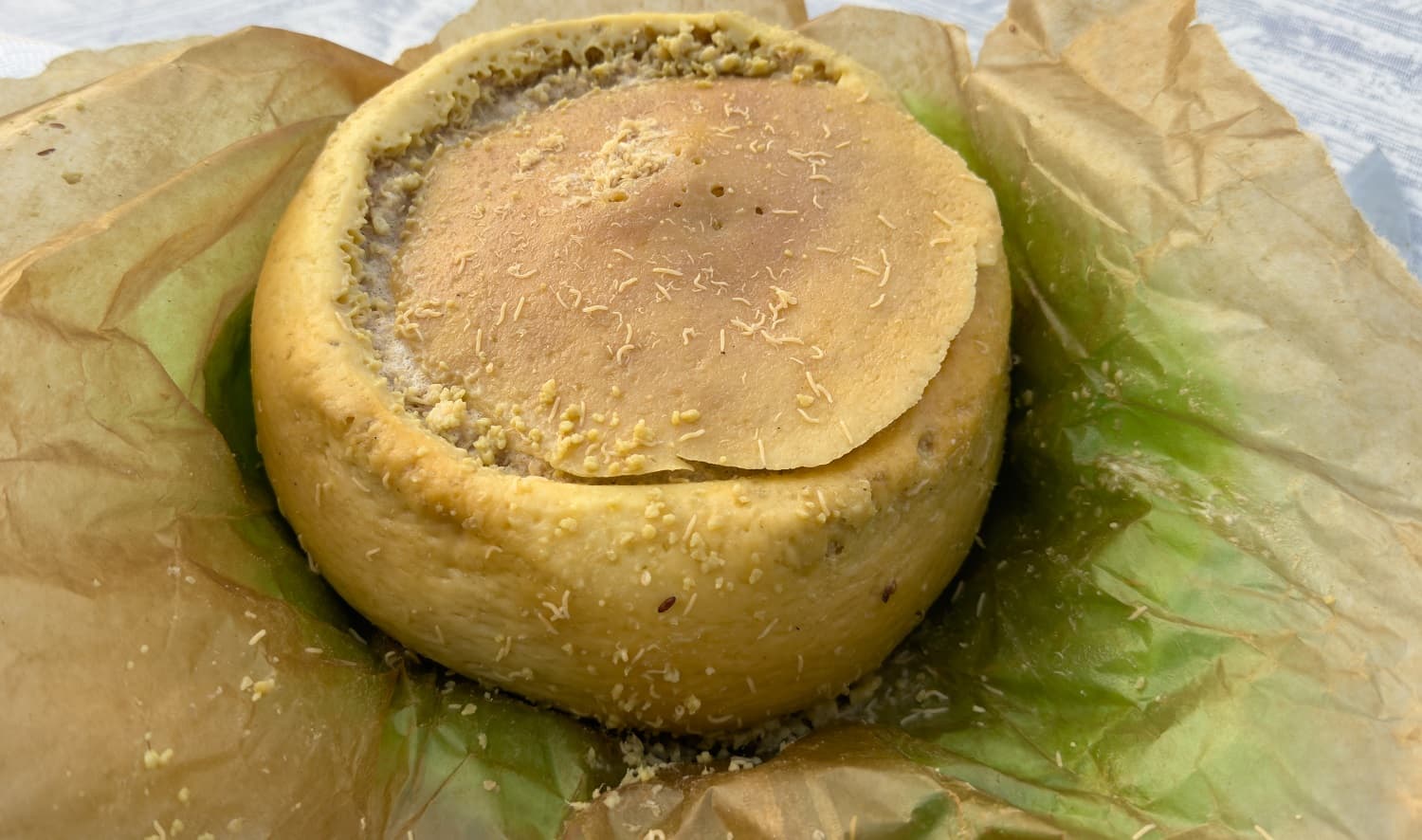
Known as “rotten cheese,” Casu Marzu is an unpasteurized sheep’s milk cheese that contains live insect larvae. This controversial delicacy offers a unique taste experience for adventurous eaters.
Aeolian Islands: Caprino
On the Aeolian Islands, Caprino refers to goat’s milk cheese that can range from soft to hard depending on its aging process. It often features herbal flavors due to local grazing practices.






